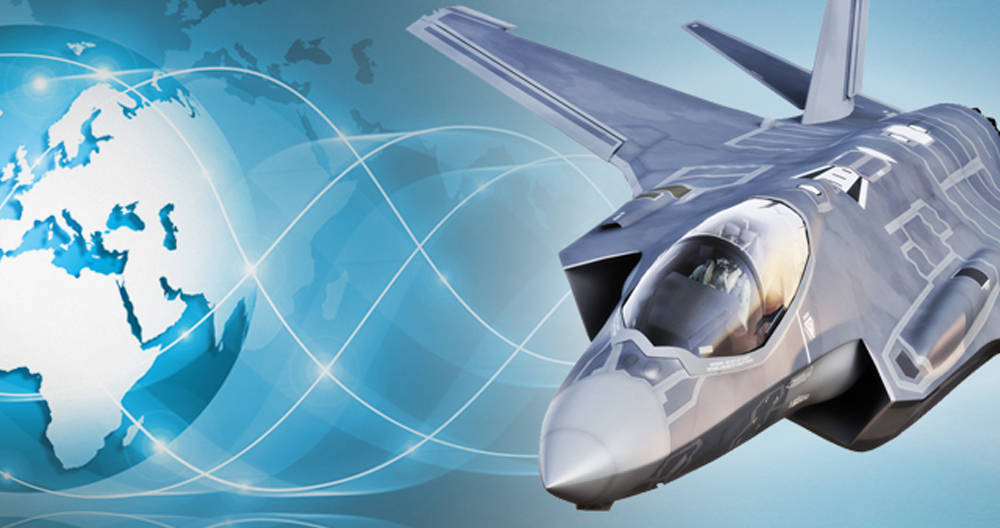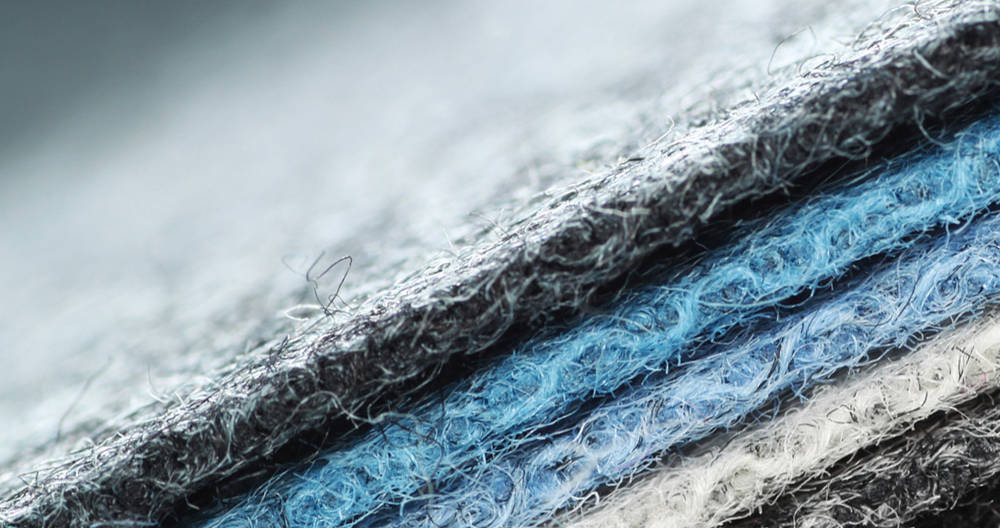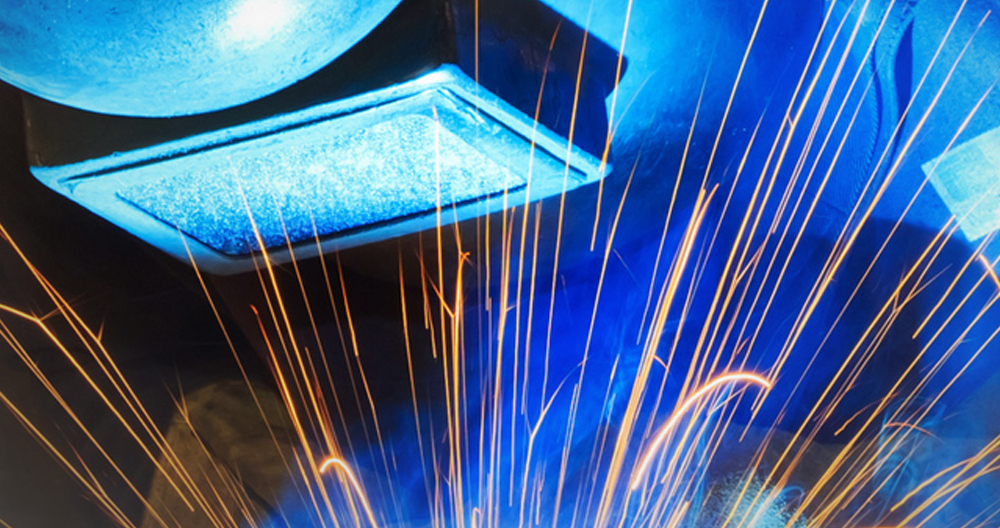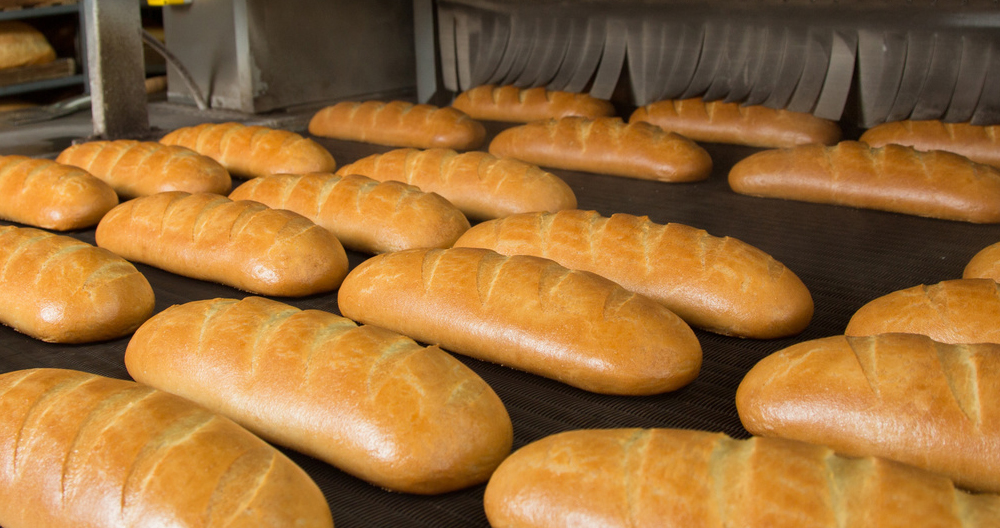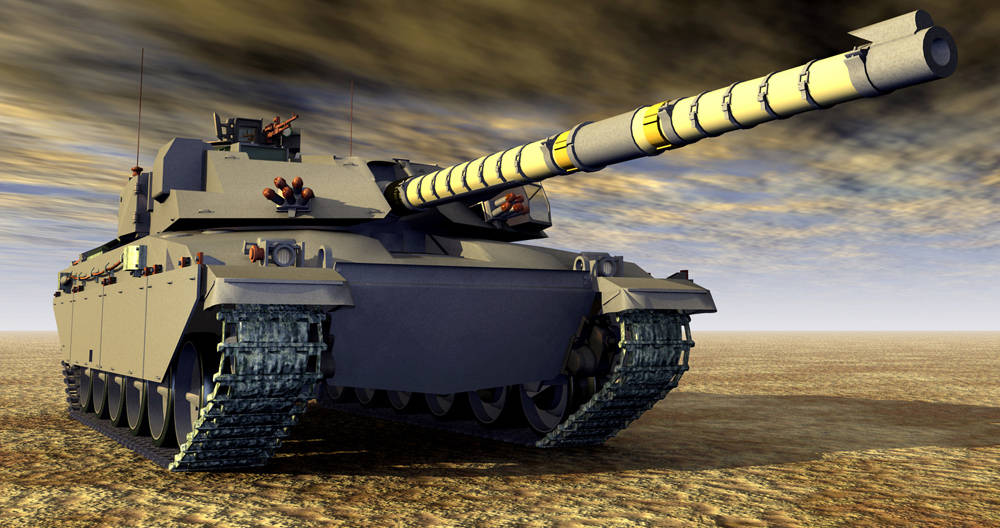Halar® Corrosion Resistant Coatings
An excellent corrosion resistant coating, Halar® is also an excellent abrasion resistant coating and has very high thermal insulation properties. Halar® ECTFE, a copolymer of ethylene and chlorotrifluoroethylene, is a semi-crystalline melt processable partially fluorinated polymer. It is specifically designed for electrostatic powder coating application. Halar® is particularly suitable for use as a coating material in anti-corrosion applications thanks to its unique combination of properties.
Key features
- Very good chemical and thermal resistance
- Excellent permeation resistance
- Outstanding flame resistance
- Surface smoothness
- Excellent electrical insulator - note that a carbon filled version is available which has static dissipative properties.
- Coating thickness range is typically 300 microns to 1,000 microns (subject to the component geometry), though the most common thickness range is 500 microns to 800 microns.
- Hydrophobic.
- Low friction.
- Very robust, even in high impact conditions.
- Melting point 220°C to 227°C.
- Specific gravity 1.68.
- Maximum continuous service temperature 150°C.
- Thermal expansion coefficient 8 x 10-5/°C.
- Flexural modulus @ 22°C ASTM D790 1700 MPa.
- Tensile modulus @ 22°C ASTM D638 1700 MPa.
- Yield stress @ 22°C ASTM D638 32 MPa.
- Tensile strength at break @ 22°C ASTM D638 48 MPa.
- Hardness Rockwell - Pencil R93-4B.
- Hardness Shore D 75.
- Impact strength notch Izod @ 25°C no break.
- Flammability 94 V-O.
- Oxygen index 60%.
- Volume resistivity ASTM D257 1016 ohm.cm.
- Dielectric constant @ 1 MHz 2.5
- Dielectric strength 3mm thick 14.5 kV/mm.
- Dissipation factor @ 1 MHz 0.009
- Water absorption <0.01%.
- Low temperature embrittlement. <-76°C.
The exceptionally smooth surface cuts down on the possibility of pinholes developing in the coating which in turn means it can be spark tested at 5kV. It should be noted that where welds are to be coated they must be of good quality and properly dressed. Poor welding will result in pinholes in the weld which will cause blow holes in the Halar® coating as it cures. And it should be noted that we actually use the Halar® brand of ECTFE, both the standard and the static dissipative versions.
Typical applications where Halar® is used include those in contact with highly corrosive or ultrapure chemicals such as strong inorganic bases and strong mineral and oxidizing acids. Equipment such as vessels, reactors, semiconductor components, chemical storage tanks, ductwork, pipework, centrifuges, agitators, exhaust hoods, filters and electroplating equipment. Impreglon corrosion resistant coatings can be found throughout the oil and gas, chemicals and petrochemicals industries and applied to parts ranging from valves to vessels. For more information, see, for example, MagnaCoat® and TempCoat®.
For more information about Impreglon and our Halar Coatings call us on +44 (0) 1623 753 107 or complete our enquiry form.


